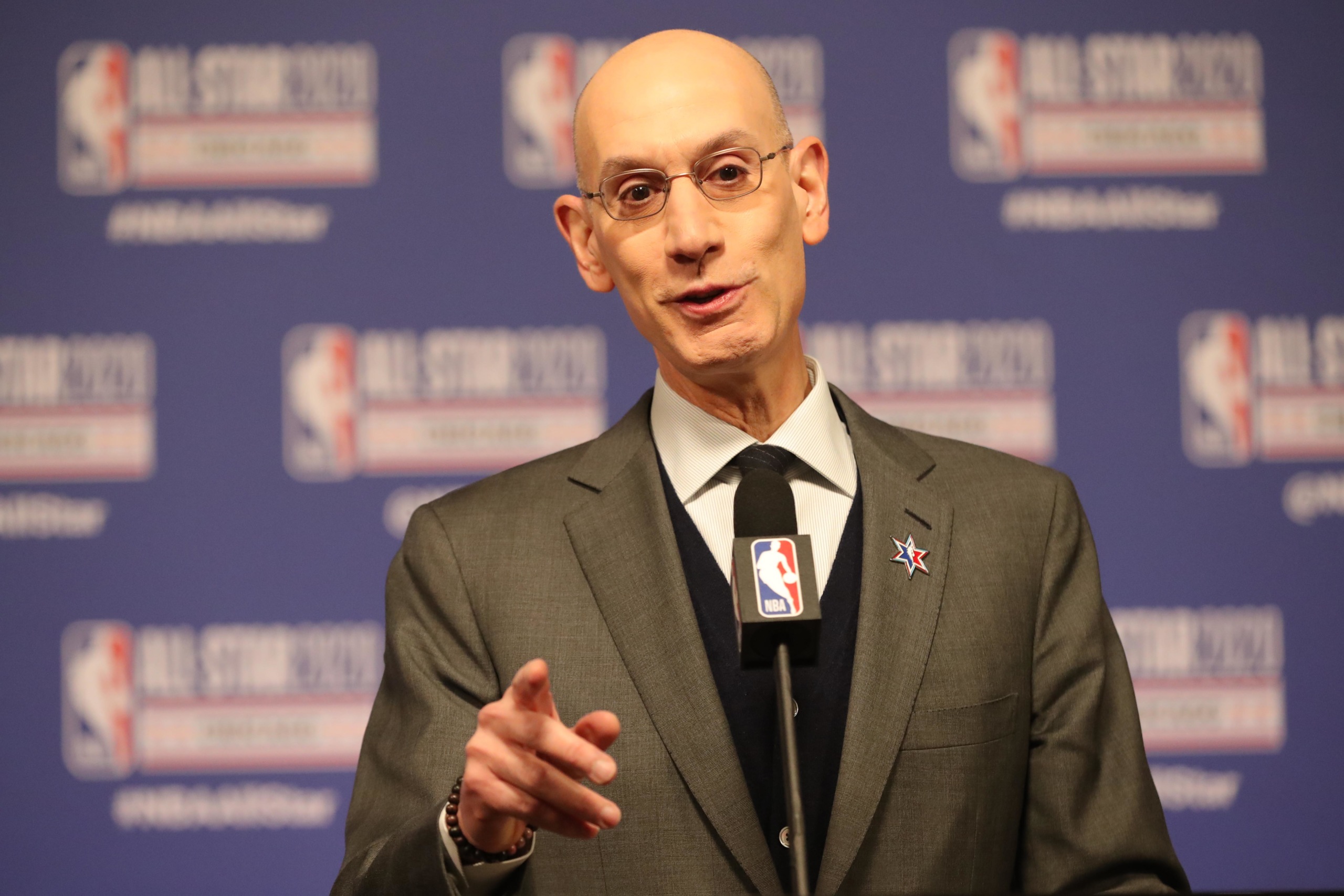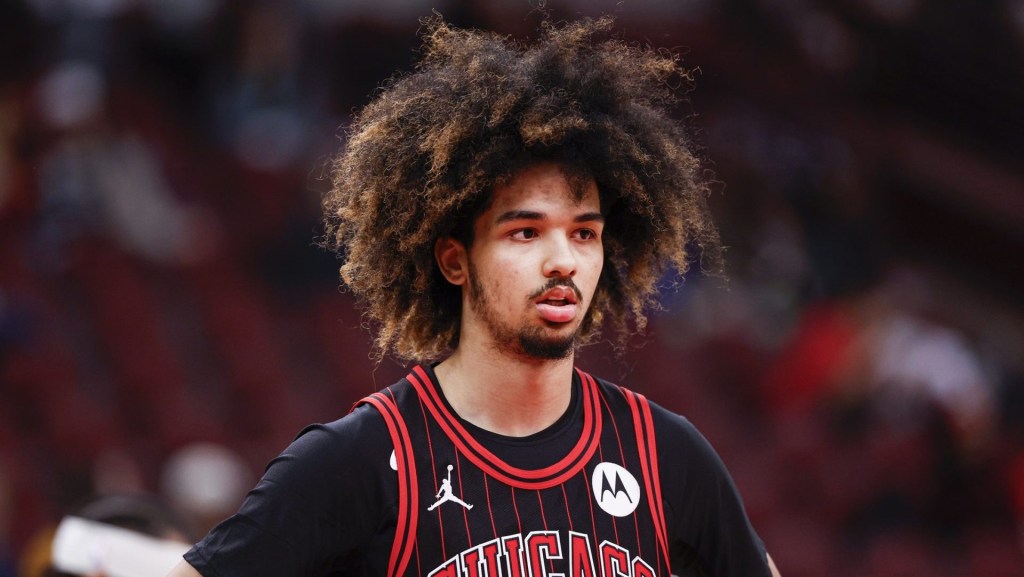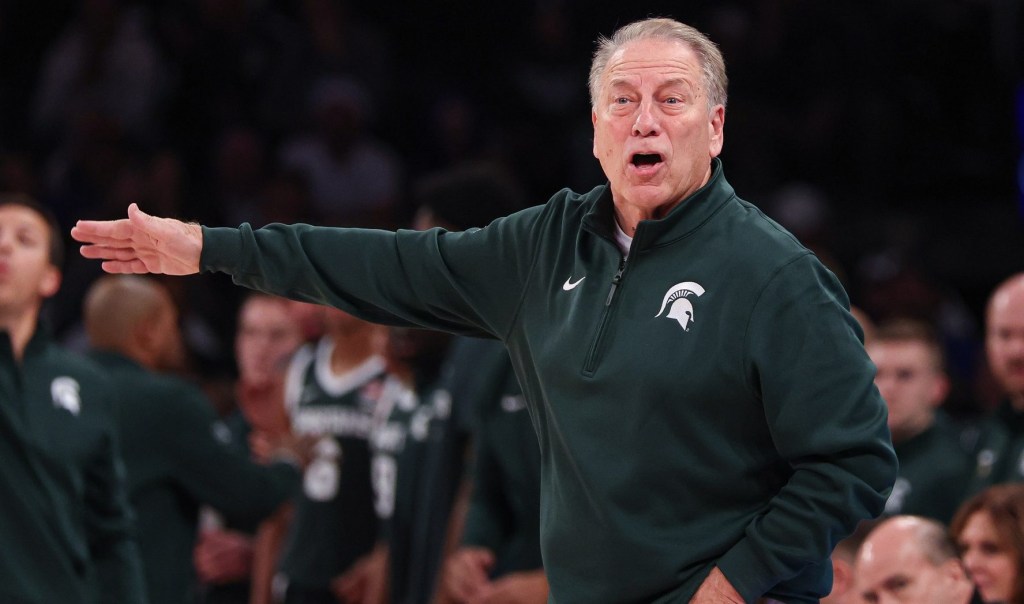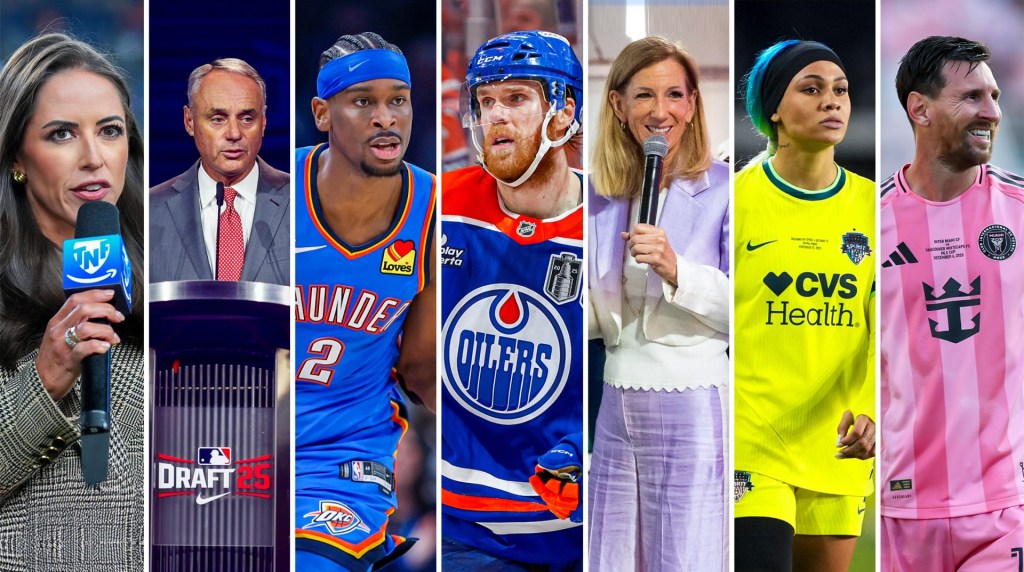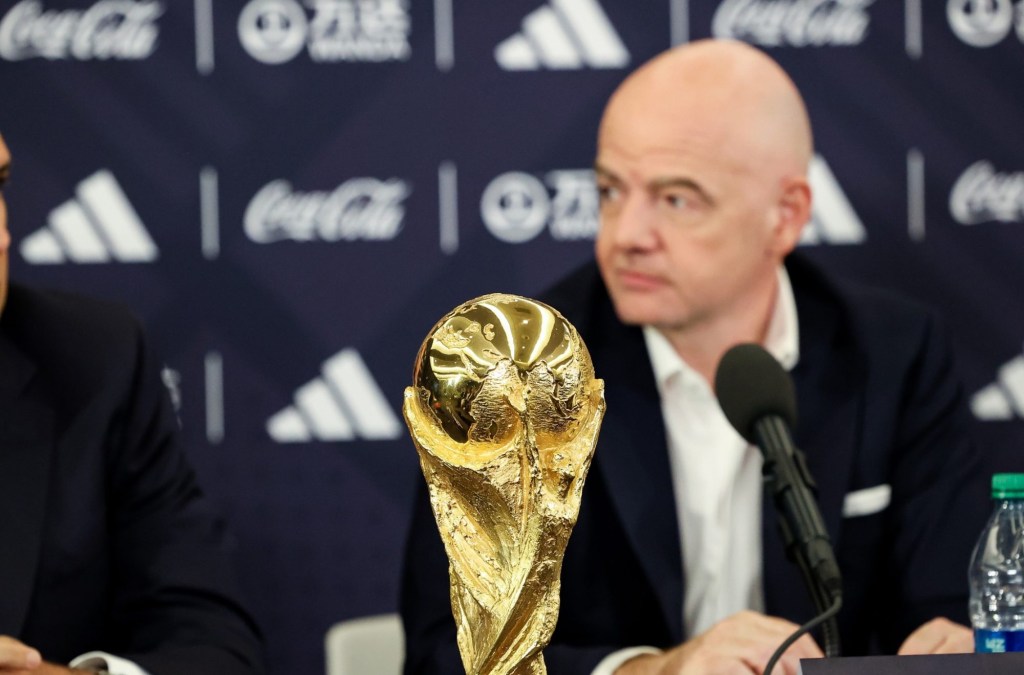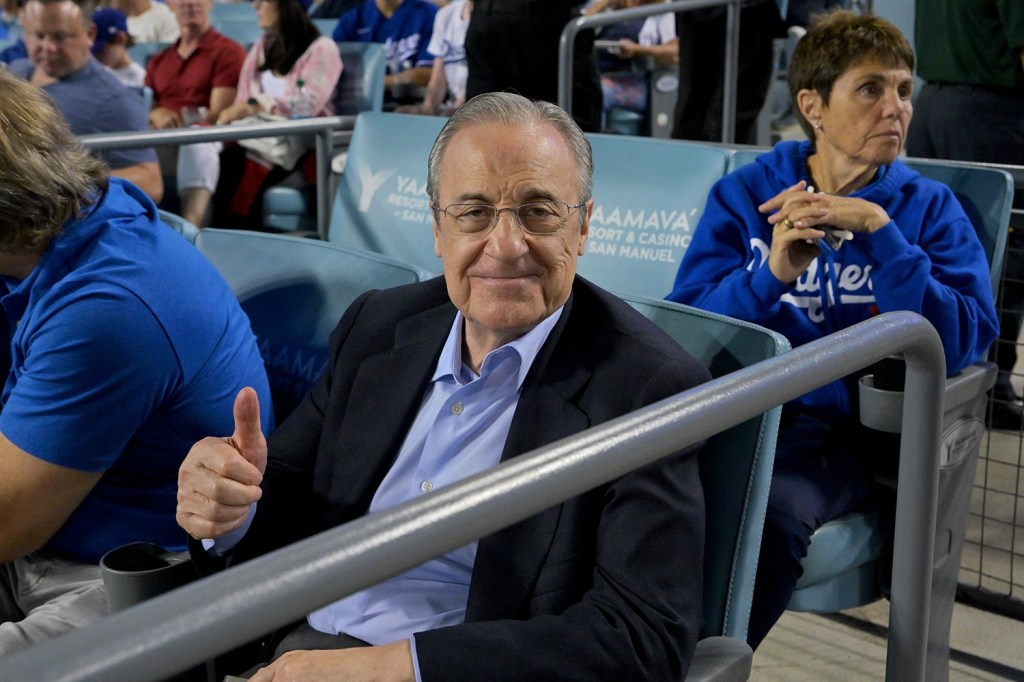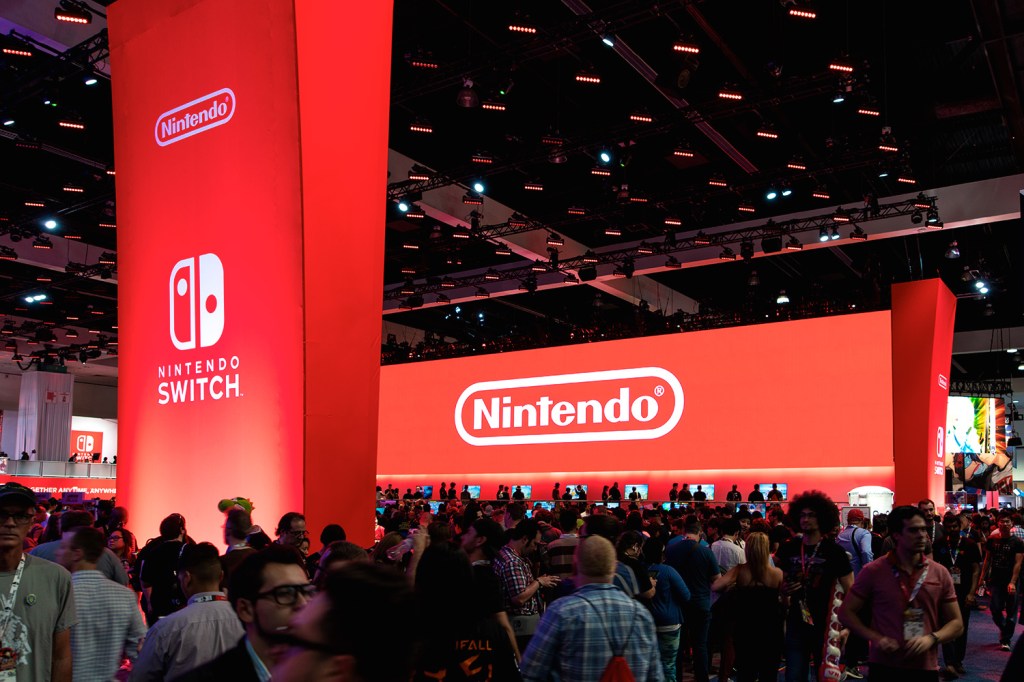In a year plagued by pandemics and sudden pause, the NBA has maintained its status as one of sports’ leaders in diversity and inclusion.
As the first league this year to appear in the University of Central Florida’s Racial and Gender Report Card, the NBA received B and A+ grades for its gender and racial hiring practices, respectively. With respective scores of 96.2 points and 82 points, it led to the league earning an overall grade of 89.1 points – good for an A-.
UCF’s Institute for Diversity and Ethics in Sports, which publishes the annual report, attributes the NBA’s overall points decline from 2019’s total of 89.8 to changes in how TIDES calculated this year’s scores.
“The NBA has found a way to continue to lead the way when it comes to diverse and inclusive hiring amongst men’s professional sports leagues,” Richard Lapchick, director of UCF’s Institute for Diversity and Ethics in Sport, wrote in his report.
With its A+ mark in racial hiring, the NBA experienced rises in categories like assistant coaches of color, people of color in the league office, and players. Dating back to November 1, 2019, 45.8% of the league’s assistant coaches were people of color, indicating a 3.3% bump from the 2018-2019 campaign. At the league office, 39.4% of professional staff positions were held by people of color – the highest-ever percentage of people of color in these positions. As of July 22, 83.1% of the NBA’s players were people of color – a 1.2% rise from the 2019 Report Card.
The only notable decreases that the NBA saw in its racial hiring practices were head coaches, senior management, team management, and team professional staff. Lapchick believes that the main people driving the NBA product – the players – can help foster influential change if they continue to be outspoken off-the-court.
“Athletes have become more active in the past three months than in previous years, although they had started to for the past several years,” Lapchick said. “If they turn their attention – in addition to what’s going on in society and trying to fight systemic racism – to hiring practices on their own team, that we’ll see a dramatic change.”
From the George Floyd protests to Bubba Wallace’s noose controversy, people like LeBron James and Stephen Jackson have not held back any discussing these sensitive issues. While Kenneth Shropshire, CEO of the Global Sports Institute at Arizona State University, has seen diversity and inclusion become a more important topic for sports leagues, he is still waiting to see how it plays out.
“It has raised the level of focus by all,” Shropshire wrote in an email. “What remains to be seen is if the needle moves and to see if the energy leads to sustained action.”
READ MORE: Athlete Activism Seen As Boost For Sports’ Diversity Efforts
One area that Lapchick saw the NBA make improvements in was in gender hiring. Heading into 2020, the league’s gender scores had been in decline for four consecutive years from as high as 88 in 2015 to as low as 80.1 in 2019.
Since TIDES began collecting data for this year’s NBA Report Card on November 1, 2019, nine of the league’s 30 teams had either a woman or person of color as the majority team owner – the most of any professional sports league.
More NBA teams are also elevating women to important organizational positions. Six women – Matina Kolokotronis of the Sacramento Kings; Jeanie Buss of the Los Angeles Lakers; Gayle Benson of the New Orleans Pelicans; Gillian Zucker of the LA Clippers; Gail Miller of the Utah Jazz; and Cynthia Marshall of the Dallas Mavericks currently serve as either a CEO or president of their respective teams – more than all other men’s professional sports leagues combined.
The number of female assistant coaches is also the highest in league history as the sports world edges closer to seeing the first woman NBA head coach in men’s professional sports.
Women held 40.3% of all professional positions in the league office – a slight increase from 39.7% at the end of the 2018-2019 season and the highest percentage since the 2014-2015 NBA Report Card.
Led by President of Social Responsibility and Player Programs Kathy Behrens and President of Team Marketing & Business Operations and Chief Innovation Officer Amy Brooks, the NBA is the only league office with two women who serve as presidents.
“I was encouraged that [the NBA] increased their gender grades this year,” Lapchick said. “It had, in spite of their gender grade being the best among the men’s sports, actually declined for four consecutive years in terms of the representation of women, particularly at the team level. That was all reversed this year. I think that was a positive sign for the NBA and its future going forward.”
While the NBA made a slight recovery in its gender hiring practices in 2020, Lapchick is still looking for the league to further diversify its leadership. The 2020 Report Card was the first time that Lapchick graded the gender hiring practices for NBA team presidents and CEOs, and only 10.9% of women fill those positions, giving the league an F score in that category. The NBA also received an F for its racial hiring practices in the same category, the lowest marks it earned this year.
The NBA did not respond to a request for comment.
“That’s going to be an area that can get a lot of attention,” Lapchick said. “If that is going to change, a history of hiring white men in that position will need to be reversed.”
READ MORE: WNBA Remains Leader In Gender And Racial Hirings Across Sports
Until 2021, though, other men’s professional sports leagues will be using the NBA as a template for improving its diversity and inclusion efforts.
“It has been the leader since we started doing the Report Cards in the late 1980s,” Lapchick said. “Other leagues have improved their scores and gotten closer to where the NBA is, but the NBA’s been the leader throughout that substantial period of time.”
